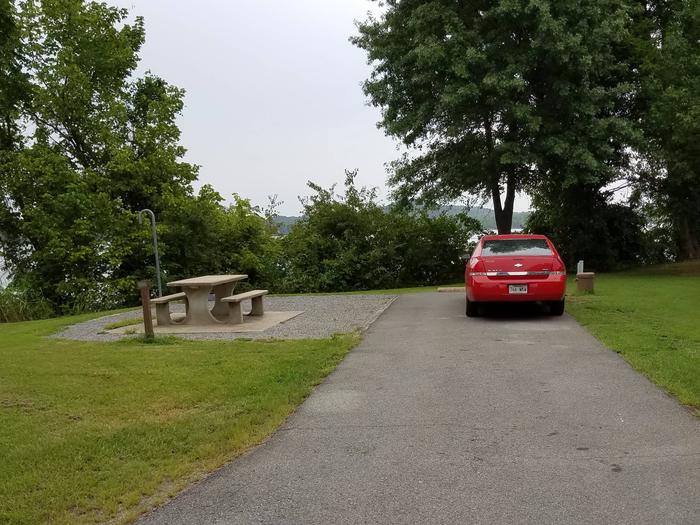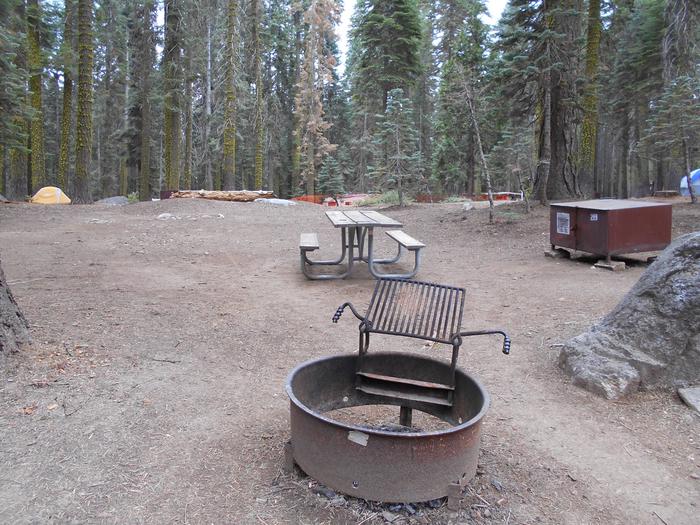Directions
Location: Riverside and Imperial Counties; 25 miles southwest of Blythe, California and south of Desert Center, CA. Interstate 10 provides northern access to the Little Chuckwalla’s via the Ford Dry Lake exit; Graham Pass Road from the west; and Teague Well four-wheel drive route from the east. Both routes access the Bradshaw Trail to the south, which connects to Wiley’s Well Road.
Phone
760-833-7111
Activities
CAMPING, HIKING, HORSEBACK RIDING, WILDERNESS, PHOTOGRAPHY
Camping Reservations
Reserve your campsite at these camping areas:
Hiking Trails
Looking for nice hiking areas to take a hike? Choose from these scenic hiking trails:
Related Link(s)
More California Recreation Areas
Little Chuckwalla Mountains Wilderness
Little Chuckwalla Mountains Wilderness Map
The Little Chuckwalla Mountains Wilderness is 28,034 acres. Rugged mountains surrounded by a large, gently sloping bajada laced with a network of washes describes the terrain and landforms found within the Little Chuckawalla Mountains Wilderness. To the north, a bajada gently rises to 400 feet, while the rugged mountains crest at 2,100 feet. Habitat for bighorn sheep and desert tortoise can be found in portions of this region, and the southern bajada has been identified as crucial desert tortoise habitat. Several sensitive plant species grow here, including the California snakeweed, Alverson’s foxtail cactus and the barrel cactus. In 1994 the Little Chuckwalla Mountains Wilderness became part of the now over 109 million acre National Wilderness Preservation System and is managed by the BLM’s Palm Springs-South Coast Field Office. In wilderness, you can enjoy challenging recreational activities and extraordinary opportunities for solitude. In an age of “…increasing population, accompanied by expanding settlement and growing mechanization,…” you play an important role in helping to “…secure for the American people of present and future generations the benefits of an enduring resource of wilderness” as called for by Congress in the Wilderness Act of 1964. Please follow the regulations in place for this area, and use Leave No Trace techniques when visiting to ensure protection of its unique natural and experiential qualities.
How to follow the seven standard Leave No Trace principles differs in different parts of the country (desert vs. Rocky Mountains). Click on any of the principles listed below to learn more about how they apply.
Leave No Trace principles:
- Plan Ahead and Prepare
- Travel and Camp on Durable Surfaces
- Dispose of Waste Properly
- Leave What You Find
- Minimize Campfire Impacts
- Respect Wildlife
- Be Considerate of Other Visitors
Regulations:
Motorized equipment and equipment used for mechanical transport are generally prohibited on all federal lands designated as wilderness. This includes the use of motor vehicles (including OHVs), motorboats, motorized equipment, bicycles, hang gliders, wagons, carts, portage wheels, and the landing of aircraft including helicopters, unless provided for in specific legislation. In a few areas some exceptions allowing the use of motorized equipment or mechanical transport are described in the special regulations in effect for a specific area. Contact the agency for more information about regulations.





